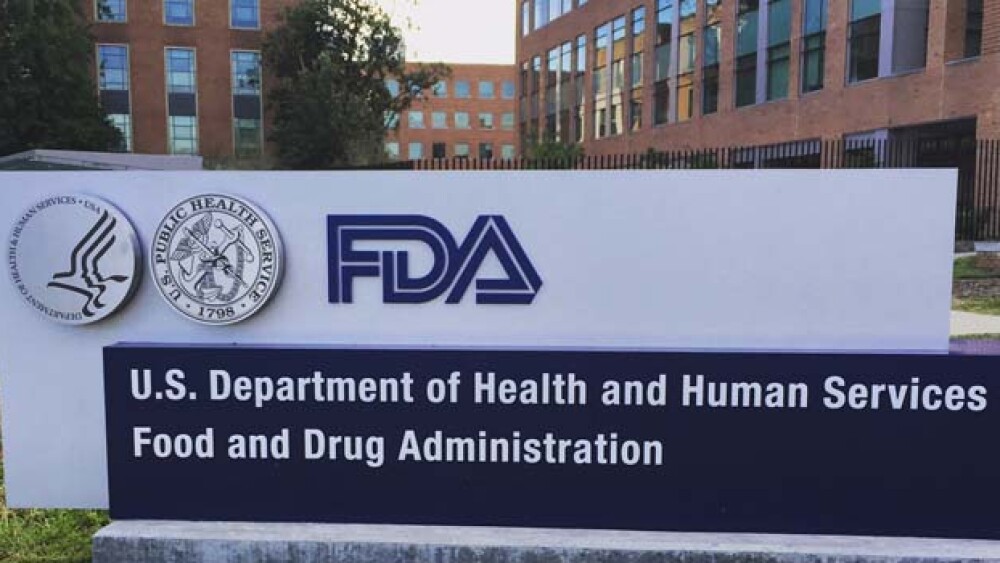A recent study conducted by the Milbank Quarterly found that the FDA followed the guidelines of the scientific advisory committees 78% of the time. To come to that conclusion, researchers examined public documents from FDA advisory committee meetings and medical product databases for all FDA advisory committee meetings from 2008 through 2015.
Oftentimes prior to the U.S. Food and Drug Administration (FDA) making a regulatory decision regarding potential approval of a new drug, the clinical data will be reviewed and debated by an advisory committee. That committee can then recommend approval or rejection.
While the advisory committees’ recommendations are not binding, the FDA typically follows those endorsements when it comes to final approval of a new drug. A recent study conducted by the Milbank Quarterly found that the FDA followed the guidelines of the scientific advisory committees 78% of the time. To come to that conclusion, researchers examined public documents from FDA advisory committee meetings and medical product databases for all FDA advisory committee meetings from 2008 through 2015.
Over the course of the years examined by the researchers, there were 376 voting meetings that were held by advisory committees. During that time, the researcher found evidence that showed the FDA only deviated from the recommendation of the advisory committee 22% of the time. Of those decisions that were discordant, the researchers said 75% resulted in the FDA approving a drug with more restrictive decisions following favorable committee recommendations. The other 25% resulted in the agency making less restrictive decisions after unfavorable committee recommendations.
“Discordance was associated with lower degrees of advisory committee consensus and was more likely for agency actions focused on medical product safety than for novel approvals or supplemental indications. Statements by public speakers, advisory committee conflicts of interest, and media coverage were not associated with discordance between the committee and the agency,” the researchers said.
An example of this type of more restrictive approval was seen earlier this year with Sanofi’s Dengue fever vaccine. In March, the advisory panel gave the vaccine a mixed review on both the safety and efficacy of the medication. The panel voted six to seven on efficacy when it came to the target population of the drug, patients ages 9 to 45 years old. There was one abstention. On safety, the panel was evenly split at 7 to 7. The committee voted 13 to 1 on the vaccine’s efficacy for the 9 to 17-year-old group and on safety, voted 10 to 4 in favor. Ultimately though, the FDA gave the green light to the vaccine, known as Dengvaxia, but with some restrictions. Patients receiving the vaccine must have laboratory confirmation that they had the disease previously. However, there are no FDA-approved tests available to determine a previous dengue infection. Sanofi has indicated it is working on such a test for previous indications and plans to submit it to the FDA by late 2020.
The FDA’s tighter restrictions for the vaccine are due to concerns that use of the medication in people who have not previously suffered from Dengue can lead to serious infections. Concerns about the vaccine and potential deaths linked to its use caused the government of the Philippines to pull the drug and prepare criminal charges against the company over the administration of the medication in that country.
In another example, an advisory committee’s concerns over a drug caused a delay in its approval. Earlier this month, Newton, Mass.-based Karyopharm Therapeutics finally won approval for its multiple myeloma treatment, selinexor in combination with dexamethasone. The drug hit a snag when the advisory panel recommended delaying approval until the regulatory agency could receive additional data from an ongoing Phase III study. That delay pushed the PDUFA date back from April until July. In July, the FDA approved the treatment after additional clinical materials were provided, although the Phase III trial had not yet been completed. The data from the trial is expected to serve as the confirmatory trial.
Other times though, the FDA’s final decision falls in line with that of the advisory panel. Take for example the approval of Johnson & Johnson’s esketamine nasal spray for major depression. In February, the controversial esketamine nasal spray easily cleared the FDA advisory panel 14-2 in favor of approval. It received overwhelming support despite concerns of its potential for abuse due to the fact that it is related to the well-known party drug ketamine Less than one month later, the FDA approved the nasal spray with the brand name Spravato. The approval marks the first new approach for treating refractory major depressive disorder in nearly 50 years.





